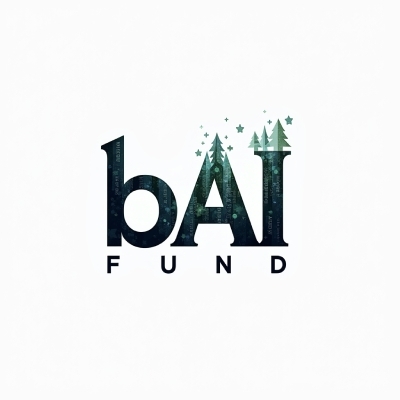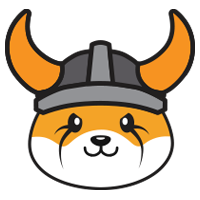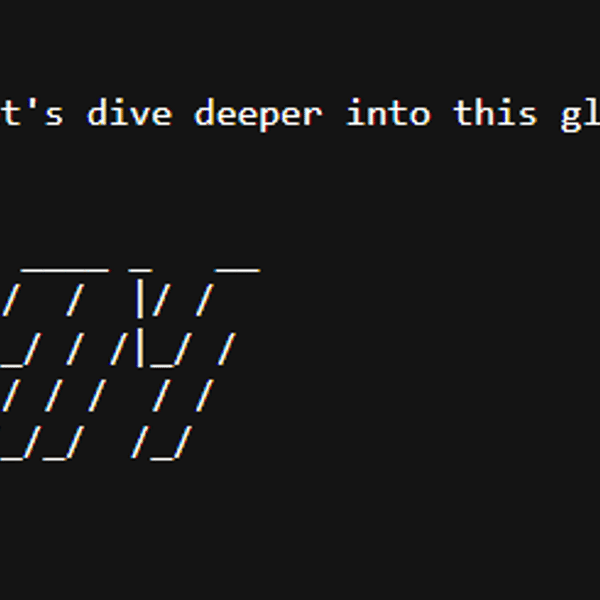
TopCryptoNews
2025/03/27 18:45
😎 Grayscale 's Top 20 Promising Tokens in Q2 2025
Grayscale's Q2 Top Cryptocurrencies List: BTC, ETH, SOL, LINK, SUI, HYPE, UNI, AAVE, TAO, ENA, IP, OP, LDO, HNT, VIRTUAL, JTO, AERO, GRASS, SYRUP, and GEOD.
Changes :
▪️ New tokens: SYRUP, GEOD and IP.
▪️ Excluded tokens: AKT, JUP, AR.
5 Best Cryptos to Buy for March 2025 - The Most Promising Picks
The cryptocurrency world has entered a thrilling growth phase, with new projects popping up daily and seasoned contenders continuing to disrupt traditional industries. As March 2025 unfolds, some cryptos are beginning to show exceptional promise, ready to impact the market. From decentralized finance solutions to scalable networks, there’s no shortage of revolutionary projects for anyone to consider.
In a space as volatile as crypto, timing is everything. The key to success often lies in identifying projects that offer innovative solutions to real-world problems. Enter Qubetics ($TICS ), which stands out as one of the top contenders for March 2025. But this isn’t the only project worth your attention.
There are several other exciting cryptocurrencies making waves, and this article explores the Best Cryptos to Buy for March 2025, starting with Qubetics and diving into other high-potential options like Helium ($HNT ), Bittensor ($TAO ), Arbitrum ($ARB ), and $GALA (GALA).
1. Qubetics ($TICS): Redefining the Future of Finance
Qubetics is grabbing attention with its ambition to tokenize real-world assets through decentralized finance (DeFi) solutions. Qubetics aims to offer a smooth, blockchain-based alternative that connects businesses, professionals, and individuals worldwide in an ecosystem where traditional financial systems have been slow to adapt to new technology.
Qubetics is currently in its 27th crypto presale stage, and it’s already proving to be a major hit in the crypto community. With over 23,500 holders and over 502 million tokens sold, Qubetics has raised more than $15.3 million. The ongoing presale at $0.1300 per token presents an incredible opportunity, and analysts predict that the price could rise dramatically in the coming months.
This isn’t just about buying tokens for the sake of it—Qubetics is addressing critical issues in real-world asset tokenization. The project is on track to simplify the tokenization of assets like real estate, commodities, and even intellectual property, making them accessible to people across the globe. With blockchain technology ensuring transparency and security, Qubetics is positioning itself as a leader in the DeFi space.
The community-driven nature of the project is also a significant selling point. Qubetics offers an inclusive ecosystem where participants can actively shape the platform's future through governance and decision-making. This decentralized approach helps ensure that the platform’s development is in line with the needs and expectations of its users.
Why did this coin make it to this list?
Qubetics is not just another DeFi project. Its focus on real-world asset tokenization and providing a decentralized financial system that’s both accessible and secure puts it in a class of its own. With its rapidly growing community, impressive presale results, and real-world applications, Qubetics is undoubtedly one of the Best Cryptos to Buy for March 2025.
2. Helium (HNT): The Future of Decentralized Wireless Networks
Helium (HNT) has been shaking up the telecommunications industry by building a decentralized wireless network. This network aims to offer a cheaper, faster, and more efficient alternative to traditional cellular providers, which a few influential players have long dominated. Helium has seen massive adoption, particularly in the Internet of Things (IoT) space, where devices need constant connectivity at low cost.
2025 has already been an exciting year for Helium. The project continues to expand its network, enabling more IoT devices to connect seamlessly without relying on traditional carriers. With hundreds of thousands of hotspots deployed worldwide, Helium’s decentralized network now covers a significant portion of the globe, making it one of the largest IoT networks in existence.
Additionally, the network's expansion into new markets and partnerships with major tech companies indicate that Helium's influence will only grow. Helium's shift to a decentralized, community-driven model is gaining traction, positioning the network for future dominance in the IoT and telecom space.
3. Bittensor (TAO): Decentralizing AI with Blockchain
Bittensor (TAO) is a groundbreaking project combining blockchain with artificial intelligence (AI). It aims to create an open-source, decentralized AI network that allows participants to contribute to AI development while being rewarded with tokens. Bittensor's unique approach has caught the eye of many in the tech and crypto communities.
Bittensor has made significant progress in 2025, further solidifying its position as a leading force in the blockchain-AI crossover. The project’s platform enables machine learning models to be trained and decentralized, allowing anyone to participate and contribute to AI research. Participants are incentivized with TAO tokens, which ensures that AI development is collaborative and open to all, not just a select few.
One of the standout features of Bittensor is its focus on creating a decentralized AI network where knowledge is shared freely. This innovative model could disrupt the AI industry, traditionally dominated by large corporations.
4. Arbitrum (ARB): Ethereum's Scaling Solution
Ethereum has been facing scalability issues for years, and projects like Arbitrum have emerged to tackle this problem head-on. Arbitrum is a Layer-2 scaling solution that works with Ethereum to improve its transaction speed and lower gas fees. As more decentralized applications (dApps) and platforms migrate to Layer-2 solutions, Arbitrum has become a critical player in the Ethereum ecosystem.
Arbitrum has been making huge strides in 2025. The platform’s ability to process Ethereum transactions more efficiently has led to widespread adoption by both developers and dApp users. With Ethereum continuing to suffer from high fees and slow transaction speeds, Arbitrum provides a much-needed solution to these pain points.
One of the most recent developments for Arbitrum is its integration with major DeFi platforms, which has resulted in an influx of new users. By using Arbitrum’s Layer-2 solution, dApps can now offer users faster transactions and lower fees, making Ethereum more accessible than ever before. Additionally, the Arbitrum token (ARB) has seen a rise in demand as the platform continues to gain popularity.
5. Gala (GALA): Decentralized Gaming on the Blockchain
Gala Games (GALA) is leading the way in the decentralized gaming industry. By combining blockchain with gaming, Gala is creating a platform where players can truly own their in-game assets, such as skins, weapons, and land, through NFTs. Gala’s ecosystem is gaining traction, with more and more developers building blockchain-based games on its platform.
Gala has seen tremendous growth in 2025, with the platform’s ecosystem expanding rapidly. Recent partnerships with top game developers have brought new and exciting games to Gala’s platform, which has been a major factor in the token's rise. Gala is also seeing increased adoption of its NFT marketplace, where players can buy, sell, and trade in-game assets.
The project’s ability to integrate decentralized finance (DeFi) with gaming has made it even more attractive to users. Gala now allows players to earn rewards and use their GALA tokens across a variety of platforms within the ecosystem. As blockchain gaming continues to grow, Gala’s position as a leader in the space will only strengthen.
Conclusion: Best Cryptos to Buy for March 2025
The Best Cryptos to Buy for March 2025 have demonstrated clear innovation, real-world applications, and significant growth potential. Whether it’s Qubetics, Helium, Bittensor, Arbitrum, or Gala, each project is poised to make a lasting impact on its respective industry.
The future of crypto is bright, and these projects are at the forefront of that future. As always, it’s important to conduct thorough research before diving into any crypto opportunity, but these five contenders represent some of the best options available for those looking to make strategic moves in March 2025.


 最低價
最低價 最高價
最高價 


















































Helium 社群媒體數據
過去 24 小時,Helium 社群媒體情緒分數是 4,社群媒體上對 Helium 價格走勢偏向 看漲。Helium 社群媒體得分是 104,在所有加密貨幣中排名第 442。
根據 LunarCrush 統計,過去 24 小時,社群媒體共提及加密貨幣 1,058,120 次,其中 Helium 被提及次數佔比 0.01%,在所有加密貨幣中排名第 337。
過去 24 小時,共有 619 個獨立用戶談論了 Helium,總共提及 Helium 73 次,然而,與前一天相比,獨立用戶數 增加 了 7%,總提及次數減少。
Twitter 上,過去 24 小時共有 3 篇推文提及 Helium,其中 100% 看漲 Helium,0% 篇推文看跌 Helium,而 0% 則對 Helium 保持中立。
在 Reddit 上,最近 24 小時共有 103 篇貼文提到了 Helium,相比之前 24 小時總提及次數 增加 了 23%。
社群媒體資訊概況
4